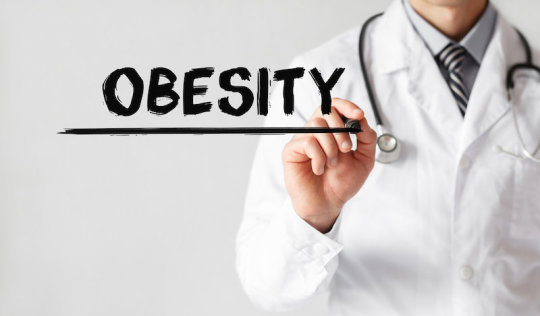Obesity is the main cause of type 2 diabetes and related chronic illnesses that together will kill more people around the globe this year than the Covid-19 coronavirus. Scientists at Joslin Diabetes Center have delivered a proof of concept for a novel cell-based therapy against this dangerous condition.
The potential therapy for obesity would transplant HUMBLE (human brown-like) fat cells, human white fat cells that have been genetically modified to become similar to heat-generating brown fat cells, says Yu-Hua Tseng, PhD, a Senior Investigator in Joslin’s Section on Integrative Physiology and Metabolism.
Brown fat cells burn energy instead of storing energy as white fat cells do, says Tseng, senior author on a paper about the work in Science Translational Medicine. In the process, brown fat can lower excessive levels of glucose and lipids in the blood that are linked to metabolic diseases such as diabetes.
However, people who are overweight or obese tend to have less of this beneficial brown fat — a barrier that HUMBLE cells are designed to overcome, Tseng says.
She and her colleagues created the cells from human white fat cells in a progenitor stage (not yet fully developed into their final fat form). The investigators used a variant of the CRISPR-Cas9 genome editing system to boost expression of a gene called UCP1, which triggers white fat cell progenitors to develop into brown fat-like cells.
Transplanted into mice lacking an immune system, the HUMBLE progenitor cells developed into cells that functioned very much like the mice’s own brown fat cells, says Tseng, who is also a professor of medicine at Harvard Medical School.
Her team compared transplants of these cells versus the original white fat cells in mice who were put on a high fat diet. Mice given the HUMBLE transplants displayed much greater sensitivity to insulin and ability to clear glucose from the blood (two key factors that are impaired in type 2 diabetes).
Additionally, the mice receiving HUMBLE transplants put on less weight than mice with transplanted white fat cells, remaining in the same range as animals who received brown fat cells.
Perhaps surprisingly, the Joslin scientists demonstrated that these benefits were mostly due to signals from the transplanted cells to endogenous (existing) brown fat cells in the mice. “Cells in different tissues communicate with each other,” Tseng says. “In this case, we found that our transplanted HUMBLE cells secrete a molecule called nitric oxide, which is carried by red blood cells to the endogenous brown cells and activates those cells.”
If the HUMBLE technique continues to prove out in pre-clinical research, it might eventually be possible to generate this type of cell for individual patients, Tseng suggests. Such a procedure would remove a tiny amount of a patient’s white fat cells, isolate the progenitor cells, modify those cells to boost expression of UCP1, and then return the resulting HUMBLE cells to the patient.
However, that individualized approach would be complicated and expensive, so the Tseng lab is pursuing two alternative routes that may be more practical for clinical use.
One alternative is to use cells that are not personalized but instead are encapsulated via biomaterials that protect the cells from rejection by a patient’s immune system. (Joslin researchers and their collaborators have long studied such materials for cell transplants for type 1 diabetes.) The other option is gene therapies that directly express the UCP1 gene in white fat progenitor cells in the body, so that those cells acquire HUMBLE-like properties.
Tseng emphasizes that this research is moving ahead despite the Covid-19 pandemic, which puts people with diabetes at much higher risk of serious outcomes if they are infected.
“Employing cell-based or gene therapies to treat obesity or type 2 diabetes used to be science fiction,” she says. “Now scientific advances, such as CRISPR gene-editing technologies, will help us to improve the metabolism, the body weight, the quality of life and the overall health of people with obesity and diabetes.”
Lead author on the Science Translational Medicine paper is Chih-Hao Wang, PhD. Joslin’s Morten Lundh, Tian Lian Huang, Matthew Lynes, Farnaz Shamsi and Justin Darcy also contributed. Other co-authors include Accalia Fu and Nika Danial of Dana-Farber Cancer Institute; Rókus Kriszt of the National University of Singapore; Luiz Leiria of the University of São Paulo; Bennett Greenwood, Niven Narain, Vladimir Tolstikov and Michael Kiebish of BERG; Kyle Smith and Susan Hagen of Beth Israel Deaconess Medical Center; Brice Emanuelli of the University of Copenhagen; and Young-Tae Chang of the Pohang University of Science and Technology. Lead funding was from the National Institutes of Health and Taiwan’s Ministry of Science and Technology.




